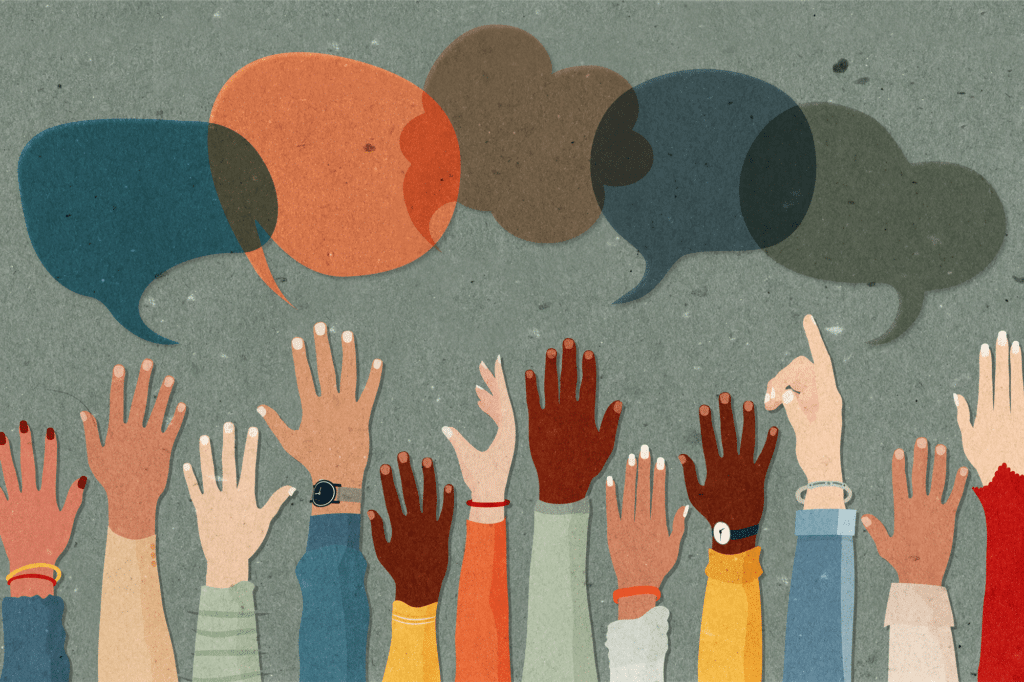The Reality of Diversity, Equity, and Inclusion
Discussing diversity in the parking and mobility industry may seem cumbersome, creating a reduced urgency to address the challenge. The industry is still working toward normalcy and revenue generation as the pandemic catapults us into fast-track implementations of technology and adjustments to survive. But this urgency for change keeps the topic of diversity and equity inclusion as a high priority. An organization lacking diversity and equity inclusion may render itself incapable of shaping its services and products to meet shifting expectations.
Failure to understand migrating consumer demands may potentially limit the future performance of the organization. Without improvements, many companies, organizations, and municipalities may experience the inability to adjust to industry trends.
Motivation
To properly position your organization, first examine the cultural motivation and appetite for diversity. Ask yourself, does the organization have team members who react negatively to differing political opinions? What is the leadership position on embracing cultural and ethnic groups outside the majority segment of the workforce? Is the workgroup comprised of individuals who reflect the age and gender demographics?
If the answers to these questions prove challenging, the first step must be to address them. Ask yourself if organization members feel the need to maintain the current culture even when it does not make minority members feel comfortable? A diverse and inclusive environment requires that attitudes and interactions change.
Attitudes and Behaviors
No workplace will be welcoming if organizational attitudes support a position of cultural superiority towards minority and gender populations. We must all be honest about attitudes and behaviors that can make the workplace closed to minority groups. The first task in creating diversity is to address the organization’s tolerance of multiple people groups not in the majority. Only when the organization has addressed the culture will it be able to make significant strides toward an inclusive and representative workforce. A cultural shift will make your organization more attractive to potential minority team members and motivate them to join the team.
Actions
As organizational culture evolves, specific actions to obtain diversity and inclusion are necessary. Methods for recruiting talent require re-evaluation and adjustment to attract disenfranchised groups. One way to affect cultural change resides in reaching minority consumers who don’t typically patronize the organization. Greater emphasis should focus on increasing ethnically diverse customer bases, providing two benefits: A more extensive customer base improves organizational financial health, and the broader focus will naturally create energy that supports an inclusive organization.
Developing diversity and inclusion points to an important reality that should be understood when interacting with groups in the historical minority. All minority groups are not monolithic. The vital truth is that not all minorities have the same politics, social practices, cultural interactions, educational obtainment, or life experiences. Failure to avoid interacting with minority groups as a homogenous community can result in those groups being insulted by general assumptions. The better approach is to maintain cultural sensitivity through all interactions while treating each person as an individual. Each team member must consistently remind themselves that while we are all similar in our humanity, we are different in our self-expression. What motivates one individual demotivates another, highlighting the need to eliminate cultural expectations of “normal.” When discussing the elimination of cultural expectations, I do not mean the deemphasis of professionalism; rather the maintaining of the actual behaviors and practices that maintain professionalism.
We must take great care not to judge individual and cultural choices that do not indeed affect professionalism. Unique hairstyles and clothing choices should not determine the level of professionalism if team members maintain organizational performance standards that respect both employees and customers. Individual options exist beyond hair and clothes, demonstrating that not all minorities will have the same preferences.
When building an inclusive environment, the effort should be on equity access to opportunities, ensuring that organizational rules, methods, or targets don’t hinder full participation of all groups. What is clear is that diversity and inclusion require a great deal of effort and time to reach the goal. For some reading this article, the work may seem too much effort. I would suggest that the focus shift from the cost to achieve diversity and inclusion to the benefit of reaching reality. An inclusive workplace supports the long-term health of an organization. More importantly, the ethical rationale for working towards diversity and inclusion is the support of all people groups. And that is an ideal worth working toward.
stock.adobe.com / melita




